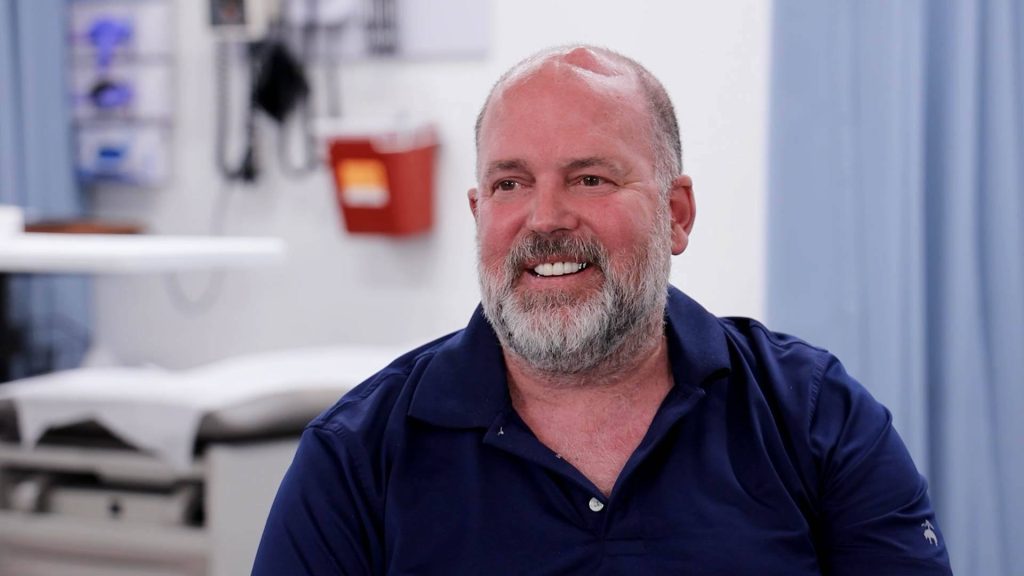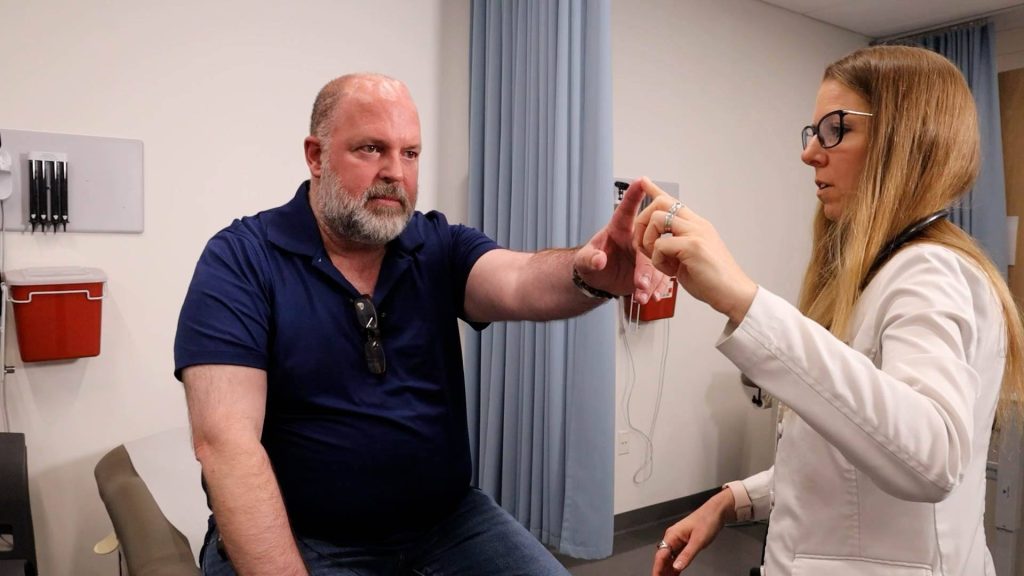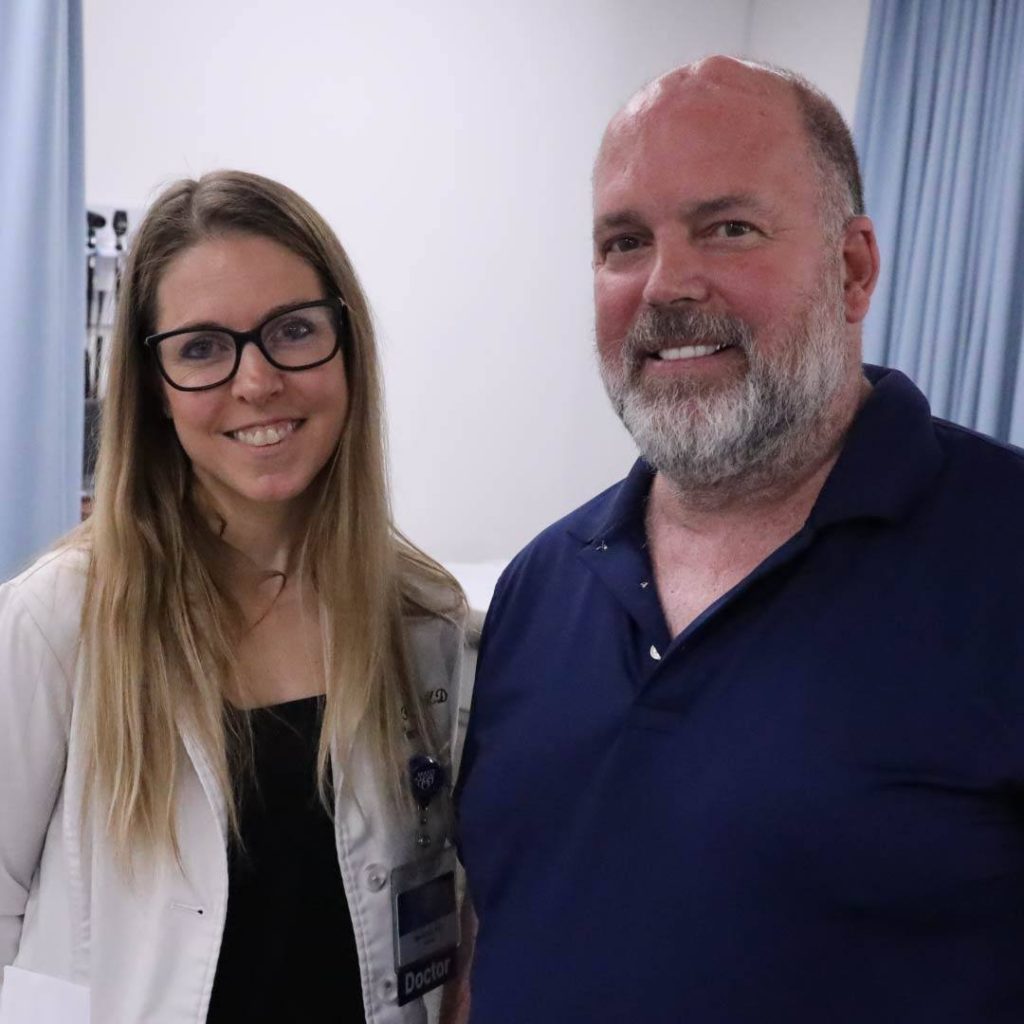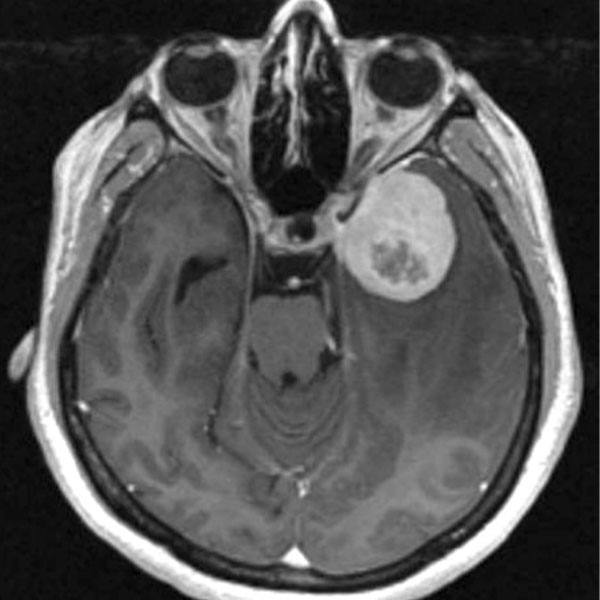
Fifty-four-year-old Chris Sams of Arizona has been living with coccidioidomycosis, more commonly known as valley fever, for nearly a decade. When his symptoms worsened and standard treatments failed, he turned to Mayo Clinic's Cocci Clinic in Arizona — one of the few centers in the country that treats the most advanced and complicated cases.
Now, on a more aggressive antifungal treatment, Chris says Mayo Clinic's multidisciplinary team approach has made all the difference.
Valley fever can be serious, especially when it spreads beyond the lungs. In rare cases, as it did with Chris, the coccidioides infection can reach the brain and cause neurological damage, requiring intensive treatments.
Watch: When valley fever spreads - Meet Chris and his complex case
Journalists: Broadcast-quality video (3:00) is in the downloads at the end of this post. Please courtesy: "Mayo Clinic News Network." Read the script.
"I think I was biking up to 150 miles a week. I was biking quite a bit, lot of wind, lot of sand, lot of dust," says Chris.
That dust may have carried fungal spores that infected Chris with valley fever — a lung infection caused by breathing in spores that live in the soil but can become airborne.
"I was always sick. I was worn down. I lost a massive amount of weight. And that's really what threw us over the edge, is that something was going wrong," he says.
He ended up in the hospital.
"They put me in isolation floor because they didn't know if I had cancer, tuberculosis or if it was the continuance of valley fever," he recalls.
Tests confirmed it was valley fever, also known as coccidioidomycosis or cocci. The majority of people who get cocci recover well on their own, but in a small number of people, like Chris, the fungal spores can spread beyond the lungs, causing severe or even life-threatening symptoms.
"Less than 5% of people have it spread outside of the lung. It can go to many different places: bones, soft tissues and potentially the central nervous system. And, unfortunately, while it is a small percentage of people, when it does get into the central nervous system, it causes potentially devastating consequences," says Dr. Marie Grill, a Mayo Clinic neurologist.
In Chris' case, the spores had spread to his brain. That's when he sought help at Mayo Clinic's Cocci Clinic in Arizona, where a multidisciplinary team of specialists treats the most serious and complex cases of valley fever.

"Now we have our roadmap. We have a direction on where we're going — because otherwise, everything is just spiraling out of control," says Chris.
He began undergoing a special treatment delivered every few weeks right to his brain.
"It's an antifungal medication which can be delivered intravenously but can also be delivered directly into what we call the intrathecal space, which is essentially directly into the spaces where we have the spinal fluid," explains Dr. Grill.
The good news is doctors say Chris is showing signs of improvement.
"They think that there is an end in sight and hopefully we will wean off the intrathecal treatments. I mean, we've weaned it down to every two weeks," he says.
Doctors have yet to determine how long the treatments will need to continue, but Chris is confident he's heading in the right direction, with the right team.

"I have the best committed team around that talk to me, care about me, talk to me as a person and want me fixed."
While the Cocci Clinic cares for patients with serious cases of valley fever, Mayo Clinic is also advancing the field with a faster, more accurate test to speed up diagnosis and treatment.
Related post:







